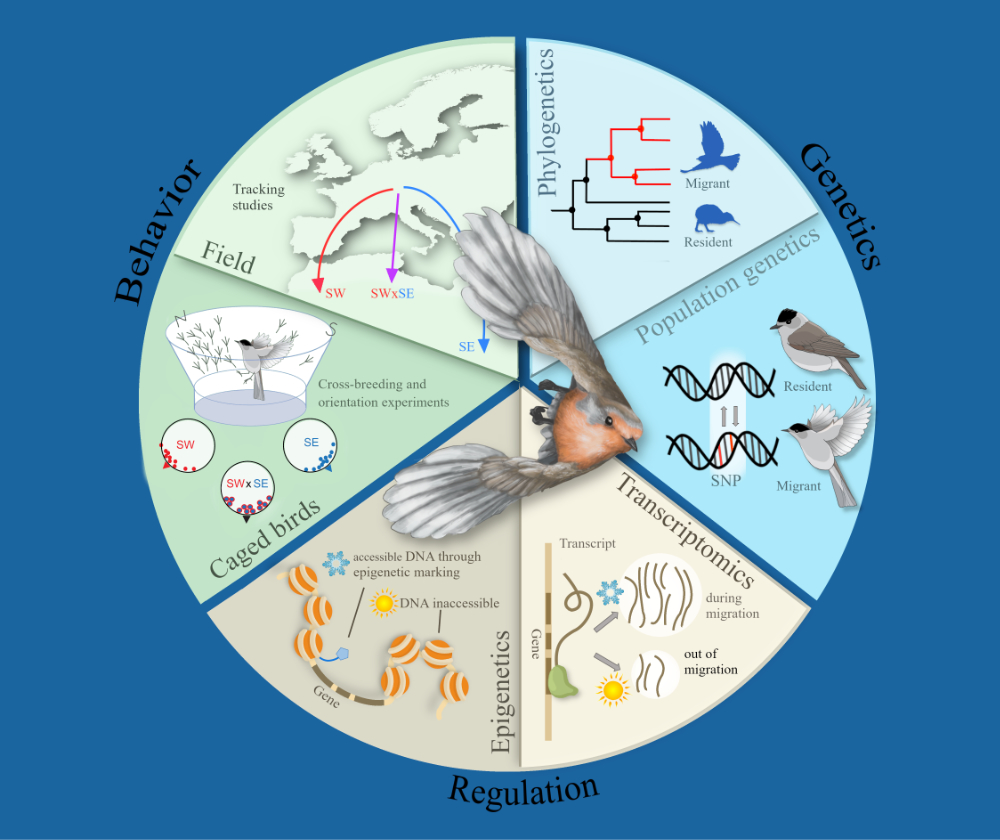Speaker
Description
Ute Postel, Yassine Kasmi, Reinhold Hanel
The European smelt, Osmerus eperlanus, is a facultative anadromous species that colonizes diverse aquatic ecosystems in northern Europe. Its life cycle involves a freshwater phase for spawning and larval development, often followed by a growth and maturation phase in the sea. Lacustrine resident populations are known from several lakes in northern Europe. However, in recent years, a significant decline in European smelt populations across various ecosystems has been observed. This study aims at examining the population structure of the European smelt in the Elbe, Ems, and Weser rivers with a focus on connectivity and migration patterns between these three river systems. 50 samples were collected from each river and subjected to analysis using Restriction site-associated DNA markers (RADseq), specifically targeting the Sbfl restriction sites. The analysis of 9,000 single nucleotide polymorphisms (SNPs) indicated that the overall genetic diversity of European smelt was H_O = 0.30 and H_E = 0.28. However, among the 4399 outlier SNPs, the populations of the three rivers are genetically distinguishable. Discriminant analysis of principal components (DAPC) revealed a remarkable migration phenomenon mainly between the Weser and Elbe rivers, while the Ems population seems relatively conservative with just a few migrant genotypes from the Weser. In summary, our study on the genomics derived structure and migration patterns of anadromous European smelt populations in the three large river systems discharging into the German Bight Elbe, Ems, and Weser reveals first hints for habitat specificity and local adaptation. The analysis of outlier SNPs highlights significant genetic distinctions among the populations of the three rivers.

